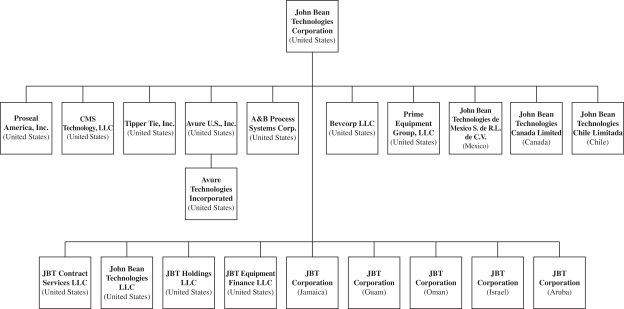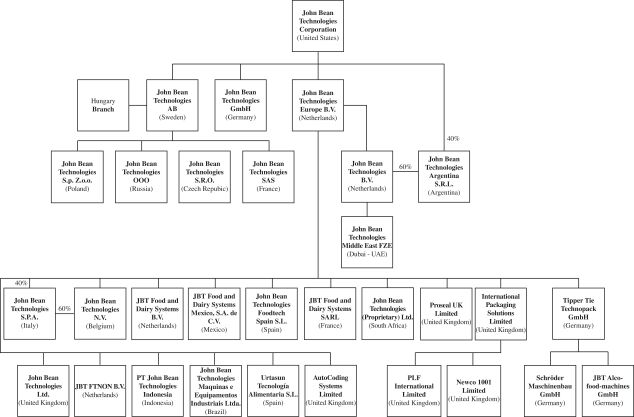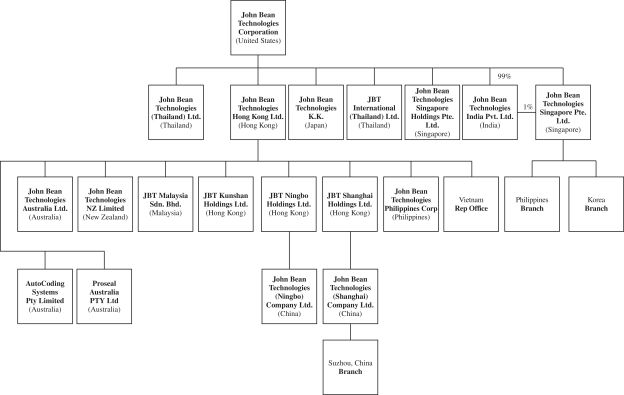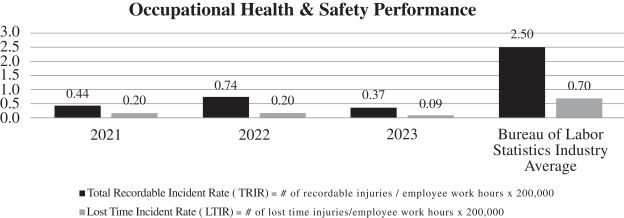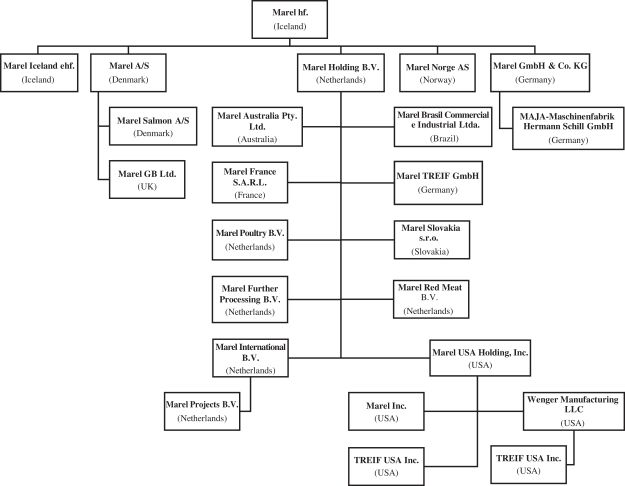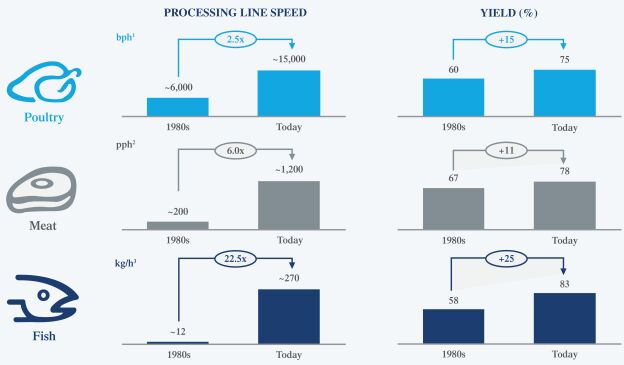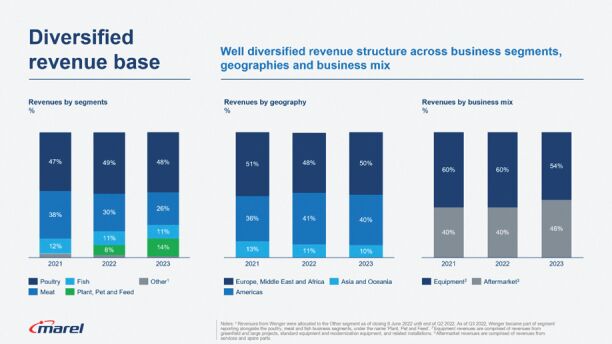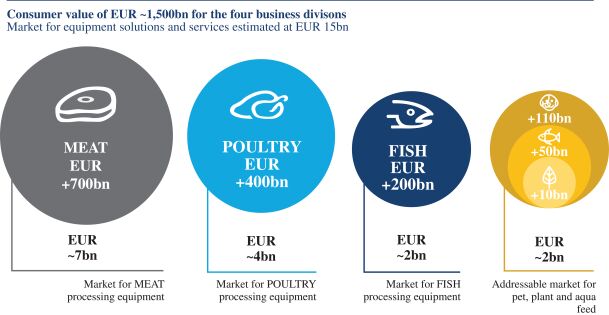| | Agreement (excluding any differences arising out of any Required Amendments (as defined in this Prospectus)). |
Prior to effecting a Change in Recommendation in response to a Superior Proposal or Intervening Event (each as defined in this Prospectus), JBT or Marel must comply with certain procedures in the Transaction Agreement, including, but not limited to, notifying the other party of its intention to effect a Change in Recommendation (and, in respect of a Superior Proposal, of any subsequent modification of the material terms thereof) and negotiating with the other party in good faith over a five Business Day period in an effort to amend the terms of the Transaction so that such Superior Proposal or Intervening Event no longer constitutes a Superior Proposal or Intervening Event, as applicable.
For purposes of this Prospectus and the Transaction Agreement:
“Acquisition Proposal” means (i) any proposal, offer, inquiry or indication of interest relating to a merger, joint venture, partnership, consolidation, dissolution, liquidation, tender offer, exchange offer, recapitalization, reorganization, spin-off, share exchange, business combination or similar transaction involving JBT or Marel (as applicable) or (ii) any acquisition by any person or group resulting in, or any proposal, offer, inquiry or indication of interest that if consummated would result in, any person or group becoming the beneficial owner of, directly or indirectly, in one or a series of related transactions, 15% or more of the total voting power or of any class of equity securities of JBT or Marel (as applicable) or 15% or more of the consolidated net revenues, net income or total assets (it being understood that assets include equity securities of subsidiaries) of JBT or Marel (as applicable), in each case other than the transactions contemplated by the Transaction Agreement or involving JBT and its affiliates or Marel and its affiliates, (as applicable).
“Intervening Event” means any material effect, change, event, development or occurrence with respect to the JBT Group or the Marel Group (as applicable) that was not known or reasonably foreseeable to the JBT Board or the Marel Board (as applicable) on the date of the Transaction Agreement, which effect, change, event, development or occurrence, becomes known to the JBT Board or the Marel Board (as applicable) prior to obtaining, in respect of JBT, the JBT Stockholder Approval, and, in respect of Marel, the Offer Closing Time; provided, however, that no effect, change, event, development or occurrence relating to any of the following will constitute an Intervening Event: (i) receipt, existence or terms of an Acquisition Proposal, or the consequences thereof; (ii) the fact, in and of itself, that JBT or Marel (as applicable) meets or exceeds any internal or published projections, budgets, forecasts, estimates or predictions of revenue, earnings, or any changes after the date of the Transaction Agreement in the price or trading volume of the JBT Shares or Marel Shares (as applicable) (it being understood that the event or circumstance underlying any of the foregoing in this clause (ii) may be taken into consideration, unless otherwise excluded by the exceptions to this definition); and (iii) changes in general economic or geopolitical conditions, or changes in conditions in the economy generally.
“Superior Proposal” means a bona fide written Acquisition Proposal made after the date of the Transaction Agreement that would result in a person or group becoming the beneficial owner of, directly or indirectly, more than 50% of the total voting power of the equity securities of JBT or Marel, as applicable, or more than 50% of the consolidated net revenues, net income or total assets (including equity securities of its subsidiaries), of JBT or Marel, as applicable, that the relevant board has determined in good faith, after consultation, as applicable, with its outside legal counsel and financial advisor, taking into account all legal, financial, financing and regulatory aspects of the Acquisition Proposal, the identity of the person(s) making the proposal and the likelihood of the Acquisition Proposal being consummated in accordance with its terms, that, if consummated, would result in a transaction (after taking into account any revisions to the terms of the Transaction Agreement proposed pursuant to the terms thereof) (i) more favorable to its shareholders from a financial point of view than the transactions contemplated by the Transaction Agreement, and (ii) that is reasonably likely to be completed, taking into account any regulatory, financing or approval requirements and any other aspects considered relevant by its board.
139
